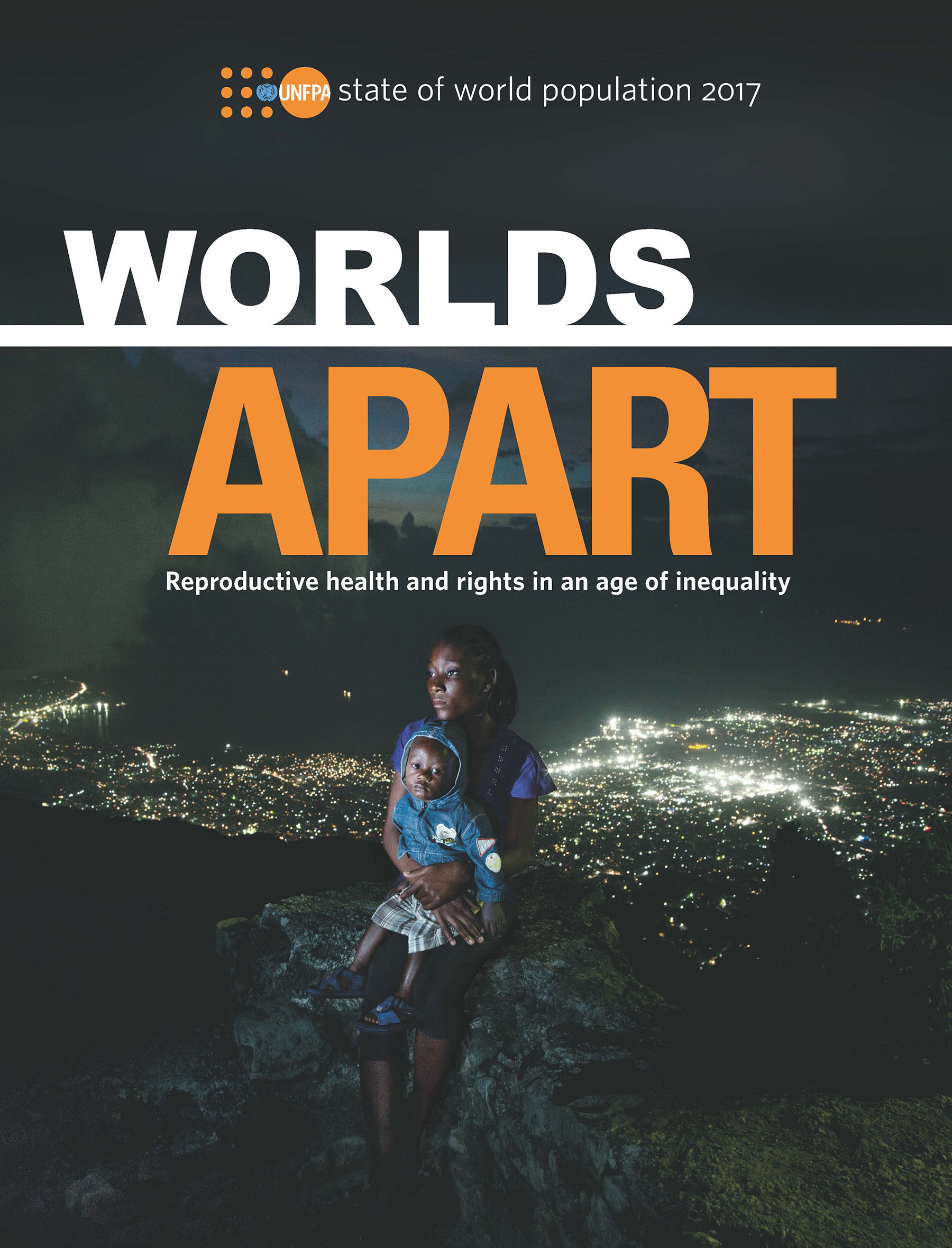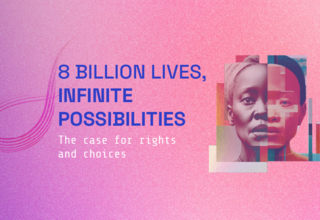In today’s world, gaps in wealth have grown shockingly wide. Billions of people linger at the bottom, denied their human rights and prospects for a better life. At the top, resources and privileges accrue at explosive rates, pushing the world ever further from the vision of equality embodied in the Universal Declaration of Human Rights.
Two critical dimensions are gender inequality, and inequalities in realizing sexual and reproductive health and rights; the latter, in particular, still receives inadequate attention. Neither explains the totality of inequality in the world today, but both are essential pieces that demand much more action. Without such action, many women and girls will remain caught in a vicious cycle of poverty, diminished capabilities, unfulfilled human rights and unrealized potential—especially in developing countries, where gaps are widest.
The unmet demand for family planning in developing countries, for example, is generally greatest among women in the poorest 20 per cent of households. Without access to contraception, poor women, particularly those who are less educated and live in rural areas, are at heightened risk of unintended pregnancy. This may result in health risks and lifelong economic repercussions. The lack of power to decide whether, when or how often to become pregnant can limit education, delay entry into the paid labour force and reduce earnings.
Making information and services more widely available and accessible will lead to better reproductive health outcomes. But this is only part of the solution. Unless we start addressing the structural and multidimensional inequalities within our societies, we will never attain the highest standard of sexual and reproductive health for all.
Related links:
Regional infographic: Reproductive Health Inequalities in Eastern Europe and Central Asia
Regional feature story: Two wheelchairs and a baby stroller: Overcoming barriers to parenthood in Belarus
Regional feature story: Breaking taboos around reproductive health for rural youth in Georgia
Regional video story: Why do many women with disabilities give up on having a family?




